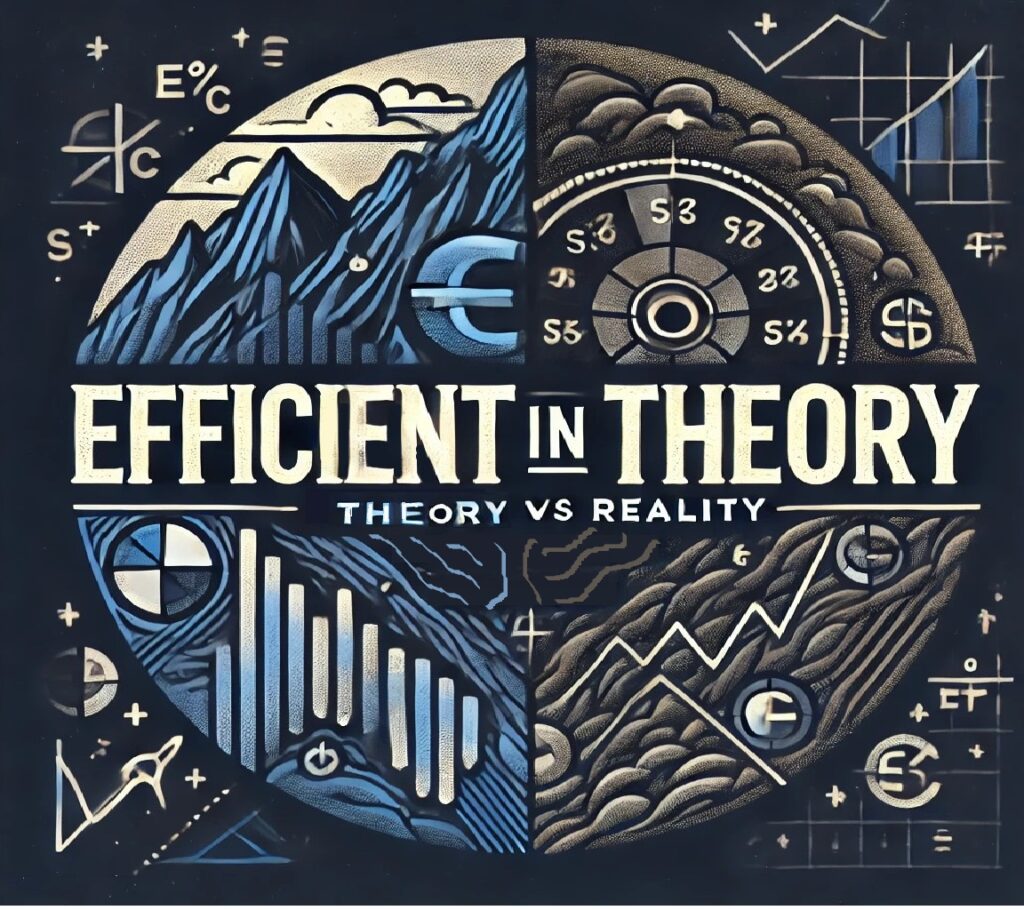On Friday, May 2, 2025, U.S. financial markets experienced a significant rally, driven by a “robust” jobs report (.11% increase which apparently is robust because the normal range is also very small) and renewed optimism regarding U.S.-China trade relations.
The market had now gone up 9 days in a row. the longest streak since 2004, pretty much restoring losses incurred since the trade tensions began in early April. The unemployment rate remained steady at 4.2%, which many news outlets suggested it alleviates concerns about potential economic slowdowns. Hmm interesting we will come back to this interesting suggestion later. Is it an educated suggestion? Does it really make sense? We will see.
Investor sentiment improved following reports that Beijing is considering a U.S. proposal to discuss the substantial 145% tariffs imposed by President Trump. BUT on the same day, the U.S. eliminated the de minimis exemption for duty-free imports from China, affecting small-value shipments. This policy change is expected to impact consumers and businesses reliant on low-cost Chinese goods .
For those who don’t know what this is (which honestly, we didn’t know either so don’t feel bad it’s kinda rare to talk about customs rules in everyday life) The phrase de minimis — which loosely translates as “too minor to be significant” — describes small shipments sent straight to consumers from overseas, typically avoiding traditional warehouses and distribution centers. Until recently, items qualifying as de minimis enjoyed a major benefit: exemption from customs paperwork and import duties. Although each package is small, retailers like Shein and Temu have been sending them to the U.S. in enormous volumes. This can potentially impact consumers quite drastically and shouldn’t be taken lightly.
Apple stock declined by 4.6% which was presented by the media as being due to reduced share buybacks and concerns over increased costs from tariffs.
Treasury yields rose, with the 10-year yield nearing 4.6%, as investors reacted to the strong employment data and ongoing trade policy developments. The U.S. dollar weakened, influenced by mixed economic signals and political pressures for interest rate adjustments.
Despite the market’s positive performance, some economist’s express concerns about a potential recession in 2025. Factors contributing to this outlook include the economic impact of newly imposed tariffs and signs of a contracting GDP in the first quarter. We will look at this.
The financial theory of the day is Efficient Market Hypothesis (EMH) — particularly its semi-strong and strong forms — which suggests that:
All available information, including expectations about the future, is already reflected (or “priced in”) to current stock prices.
Key Concepts Related to This:
Forward-Looking Nature of Markets Investors anticipate future earnings, economic growth, interest rates, and other fundamentals. As a result, markets move in advance of actual events — this is why the market often rises or falls before good or bad news becomes official. Stock prices are based on the present value of expected future cash flows (theoretically according to a different theory we will touch on in a future post). If expectations for the future improve or worsen, prices adjust immediately (According to Efficient Market Hypothesis), not when the change actually occurs.
Back to the GDP and earlier quote “The unemployment rate remained steady at 4.2%, which many news outlets suggested alleviates concerns about potential economic slowdowns” But at the same time economist’s express concerns about a potential recession in 2025. Factors contributing to this outlook include the economic impact of newly imposed tariffs and signs of a contracting GDP in the first quarter. This is all while the market is on a long winning streak. Does this make any sense according to Efficient Market Hypothesis saying that we should be pricing in the factors at risk here.
The U.S. economy contracted by 0.3% in the first quarter of 2025, marking the first decline since early 2022. This downturn was primarily driven by a surge in imports, as businesses and consumers accelerated purchases ahead of the implementation of President Trump’s new tariffs. The resulting record trade deficit significantly dragged down GDP. Additionally, government spending decreased, further contributing to the contraction.
We know that unemployment numbers and the .11% job increase are more forward looking, and the GDP shift that was reported 2 days earlier for Q1 is the past but we don’t think it’s logical or realistic to overlook potential trend change signals in the GDP and the risk the aspects that caused GDP to decline will not subside as government spending is obviously set to continue to decrease because of political factors and trade will most likely be impacted heavily by the tariffs and will most likely not subside due to political factors again so investors ignoring this contraction that hasn’t happened for 3 years doesn’t make much sense and that a sophisticated investor will understand when GDP starts to shift in one direction it could indicate a change in trend which would be future looking and should be more relevant of a risk than what’s mentioned and is not being priced in to recent stock price movement!!!! So, we don’t think of efficient market hypothesis being relevant in this situation. Despite geopolitical risks in the US being so high with Trump in office and trade war outbreaks at the same time with no guarantee of either ending. These factors are being viewed as short term disruptions. We wonder if people are pricing in how much geopolitical risk there is right now as his term ends January 20th, 2029. The optimism that has fueled these recent rallies in the market could just be people getting too hopeful for this trade war to end early and an anticipated rebound in economic activity in Quarter 2 that could go either way. Let us know what you think, drop a comment or send us an email. Thanks for reading.
